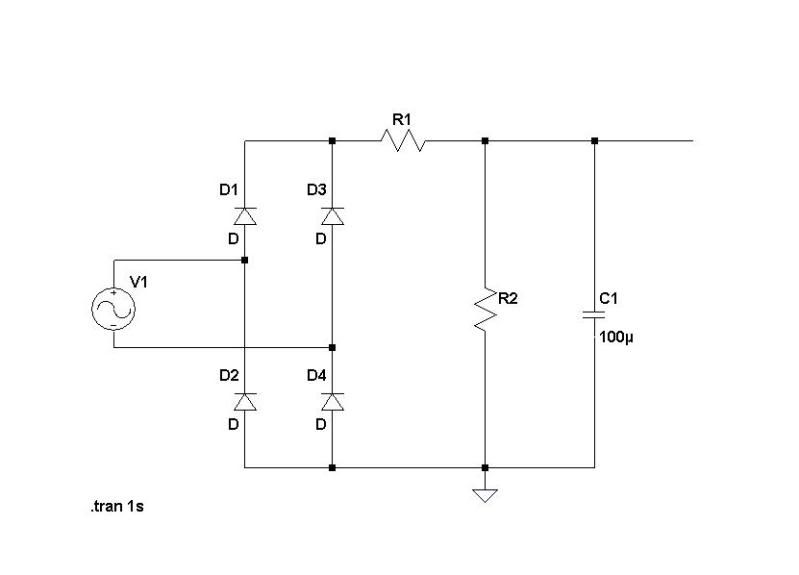loopermc5
Well-known member
You know Ive put at least a 200 hours on mine also 10-12 hours at a time with the edcor all my voltages are still dead on it would be be nice if other people with solid units would speak up so we can get to the bottom of whats going on it be a shame to redesign the wheel if it's rolling just fine just my 2c. It sucks for everyone having problems.If their is any info I can contribute I'll be happy to do so just let me know what to do.



































